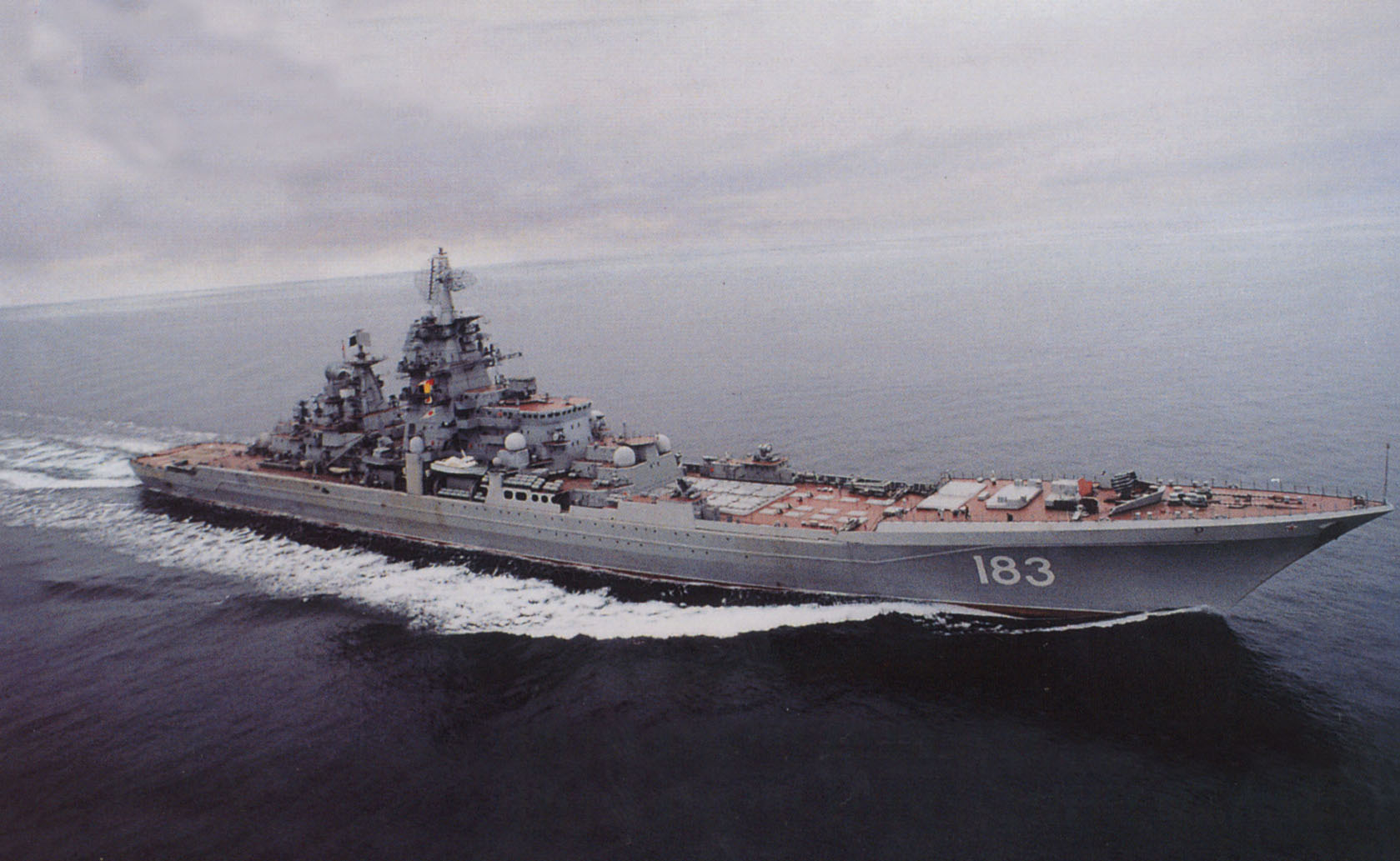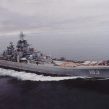
RUSSIAN NAVY DEPLOYMENTS APPARENTLY INTENDED TO ANNOY U.S.
Publication: Eurasia Daily Monitor Volume: 5 Issue: 185
By:

While most military analysts observing last month’s confrontation between Georgia and Russia over South Ossetia and Abkhazia tended to focus on the ground clashes, the naval significance of the encounter has spread far beyond Georgia’s waters. The U.S. Navy dispatched relief to Georgia on warships through the Turkish Straits while grudgingly acknowledging the constraints of the 1936 Montreux Convention. By flying the flag in the Black Sea the United States has apparently provoked Russian naval deployments in arenas long unvisited by Russian warships, from the Caribbean to Somalia’s Indian Ocean coast.
The Pentagon can take small consolation in the fact that, according to Venezuelan President Hugo Chavez Frias, the two countries had been discussing the Caribbean joint naval exercise for a year, including during his visit to Moscow in July (Itar-Tass, September 10). The exercise will give the recently reactivated U.S. Fourth Fleet something more to do than chase drug smugglers, as the flotilla marks the first appearance of the Russian military in the Caribbean since the end of the Cold War. Chavez gleefully announced the deployment of four ships with 1,000 troops and an unspecified number of antisubmarine aircraft during his TV program “Hello, President,” commenting, “Weep, Yankees” (O Estado de Sao Paulo, September 11).
The Russian government’s determination to respond to what it regards as a “provocation” on its southern maritime border has already reverberated through this year’s budget. According to Federation Council Committee on Security and Defense Issues Chairman Viktor Ozerov, “Additional budget allocations for national defense amounted to 28.5 billion rubles ($1.13 billion) this year,” adding, “Of course, part of the additional budget allocations will be spent on supporting the group of Russian Navy ships that are to visit Venezuela in this December to conduct joint maneuvers in the Atlantic with that country’s navy” (Agentstvo Voyennykh Novostei, September 9). Russian Northern Fleet ships led by the Pyotr Velikii missile cruiser will take part in the joint exercises. Washington downplayed the scenario, with State Department spokesman Sean McCormick jesting, “If Russia really intends to send a fleet to the Caribbean, it means that they have managed to find a few vessels capable of making it that far” (The Press Association, September 8).
The Russian navy is also returning to waters first sailed in 1967 by the USSR’s Black Sea Fleet’s Mediterranean Eskadra (flotilla), as Russian warships will return to the Syrian coast following a meeting at Russian Navy headquarters between Russian Navy Commander-in-Chief Admiral Vladimir Vysotskiy and Syrian Navy Division Commander General Taleb Al-Barii (Itar-Tass, September 12).
UPI, quoting Israel’s DEBKAfile, reported last week that 10 Russian warships were docked in Syria’s port city of Tartus, a development reported in the Russian media, which is said to have surprised the Israeli military; but Jamestown’s Eurasia Daily Monitor dismissed the reported number of warships (Kommersant, September 24; UPI, September 19; EDM, September 25). The Russian media earlier reported that while visiting Tartus sailors from the Black Sea Fleet’s KIL-158 auxiliary ship rebuilt the port’s floating causeways (RIA Novosti, September 9). The Tartus sea terminal was constructed to support the Soviet naval squadron during its activities there. On September 10, after completing repairs, the KIL-158 sailed for the Black Sea (Itar-Tass, September 10).
If Russia were indeed ramping up its presence at Tartus and Latakia, what would be most significant is the Russian Navy’s ability to conduct electronic intelligence to monitor Israel and other Middle Eastern countries or use anti-submarine warfare (ASW) vessels to monitor Israel’s small flotilla of Dolphin-class diesel submarines, which are reportedly equipped with nuclear-tipped cruise missiles.
Nor are the deployments limited to the Black Sea and Northern Fleets. On September 24 the Baltic Fleet patrol vessel Neustrashimy left the fleet’s base in Baltiisk for a long-distance cruise. A fleet source said, “The vessel’s crew has been trained for combat duty near Somalia.” A spokesman for the Baltic Fleet was more general, stating, “During the long-distance cruise, the crew of the Neustrashimy will practice a number of combat tasks, including the improvement of the crew’s actions during an alert, the search for a simulated enemy, and repelling an attack, [as well as] preventive damage control and air defense” (Agentstvo Voyennykh Novostei, September 24).
If the Neustrashimy’s destination is the Somali coast, it will have company, as more than 25 ships were hijacked there in 2007, prompting the United States, Japan, France, and several NATO countries to dispatch warships there to protect merchantmen operating in one of the world’s most notorious sea lanes. Even South Korea is dispatching a 5,500-ton Chungmugong Yi Sun-shin-class destroyer and other vessels to the Somali coast to protect their commercial shipping in the wake of a June United Nations Security Council resolution authorizing nations to send naval units into Somalia’s territorial waters to combat piracy, the first time that the South Korean military has mobilized a navy vessel to fight pirates (JoongAng Ilbo, September 25).
The appearance of the U.S. Navy in the Black Sea last month may have provided an additional impetus for the Kremlin to upgrade its long-dormant carrier program as well; at a military exhibition earlier this month Russian Navy Deputy Naval Aviation Commander Major-General Nikolai Kuklev said that after 2016 new carrier fighters for the Northern Fleet’s Admiral Kuznetsov aircraft carrier would replace its existing Sukhoi Su-33 air wing, with a tender to be held in 2010 to consider maritime variants of the Su-27KUB and MiG-29K as possible contenders (RIA Novosti, September 6).
To sum up, the current modest Russian naval deployments hardly alter the balance of power fundamentally in any of the theaters to which they have been dispatched. What is undeniable, however, is that after years of decay and torpor, the Russian navy, rising on a tide of new funding from record-high energy prices, is again bestirring itself, upgrading its ships, armaments, and aircraft to “fly the flag” in the territorial waters of regimes alienated by Washington’s current policies. Whether the deployments represent a one-off public relations gesture of solidarity with the Kremlin’s new friends or are the harbinger of an increased naval presence remains to be seen.




